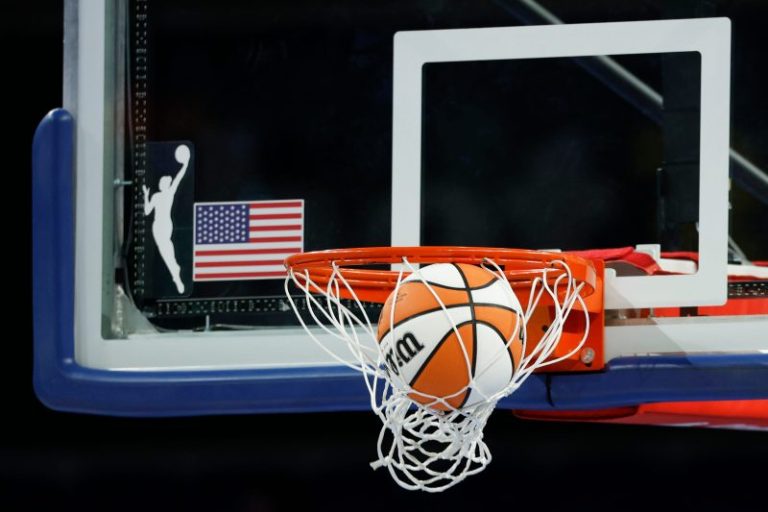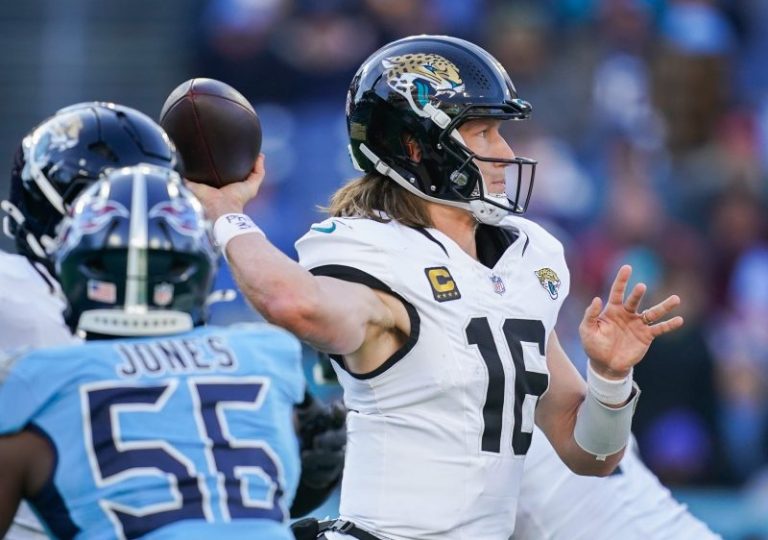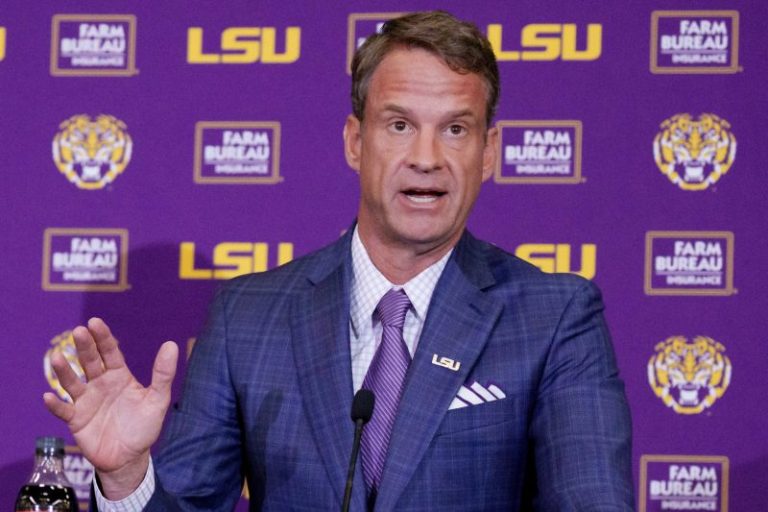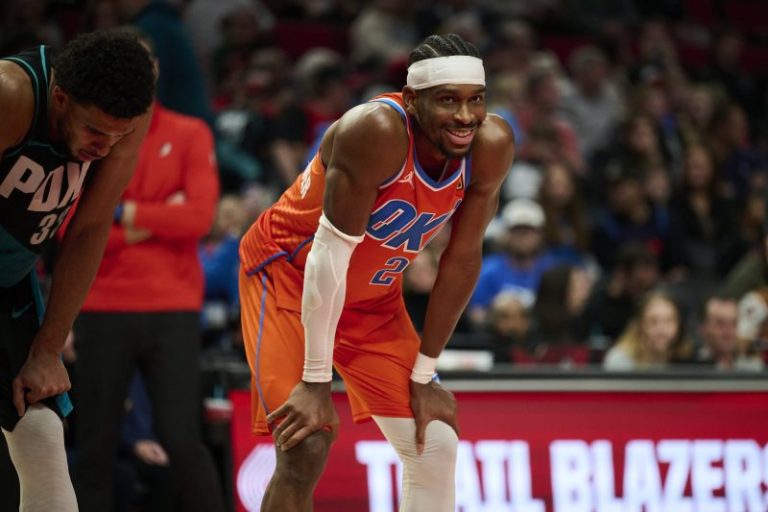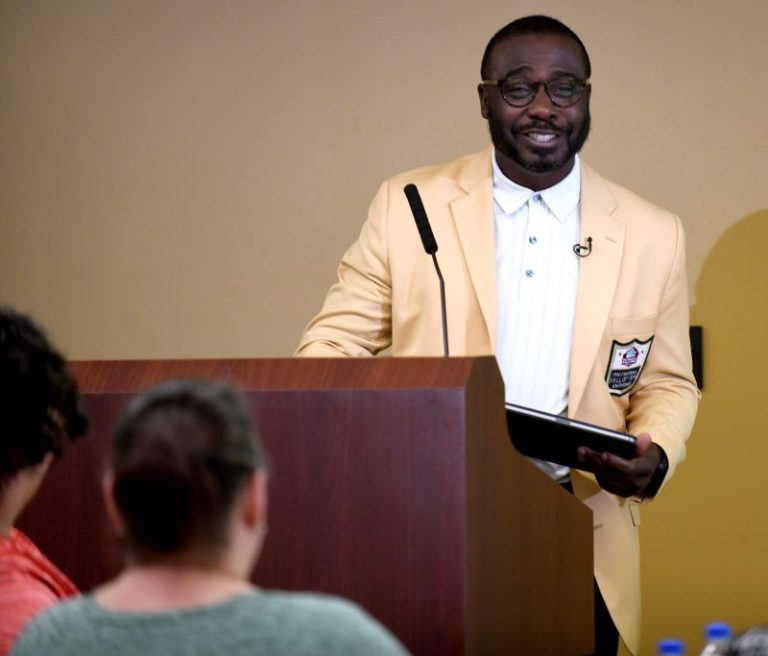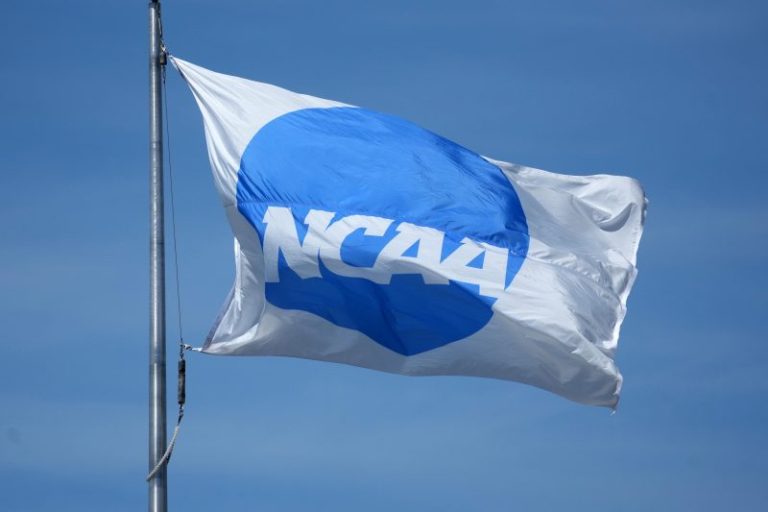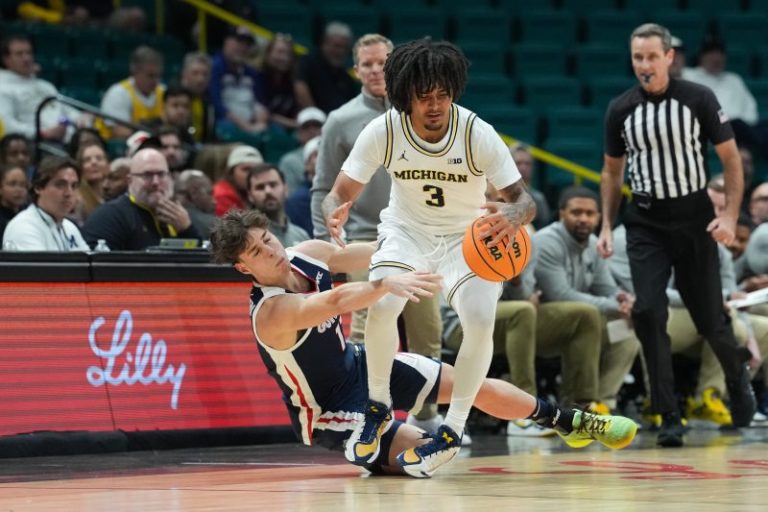One day after the WNBA and Women’s National Basketball Association (WNBPA) agreed to extend the current collective barging agreement (CBA) through Jan. 9, the league has reportedly come to the negotiating table with a new proposal that increases player compensation.
The league’s latest offer includes a maximum $1 million guaranteed base salary with projected revenue sharing raising max players’ total earnings to more than $1.2 million in 2026, a source close to the situation told USA TODAY Sports. They spoke on condition of anonymity because they’re not authorized to speak publicly about ongoing negotiations.
The offer also raises the league’s minimum salary to more than $225,000 and the average salary to more than $500,000, up from $220,000 and $460,000, respectively, in the WNBA’s previous proposal on Nov. 18.
The latest proposal also raises the salary cap to $5 million a season per team, an increase from $1.5 million salary cap in 2025. The salary cap would reportedly increase over the length of the CBA and be directly tied to the league’s revenue growth each year, although the specific revenue sharing details weren’t disclosed.
USA TODAY Sports reached out to the WNBA and WNBPA for comment.
Although the WNBA and WNBPA are on the record saying players deserve a significant pay increase in the next CBA, the sides have differing opinions on how to go about it has led the current standoff.
The league previously proposed a maximum salary of more than $1.1 million — including both the base salary and revenue sharing component — available to more than one player per team on Nov. 18, but the proposal didn’t move the needle for the players. Both sides subsequently agreed on the Nov. 30 deadline to extend the CBA for a second time as revenue sharing and pay structure remain points of contention in negotiations.
Last season, the minimum salary was $66,079, while the supermax was worth $249,244. Only five WNBA players made more than $225,000 last season and they included Kelsey Mitchell at $269,244, Arike Ogunbowale at $249,032, Jewell Loyd, at $249,032, Kahleah Copper at $248,134 and Gabby Williams at $225,000
The current CBA was previously set to expire on Oct. 31 after the WNBPA exercised its right to opt out of the agreement in October 2024. However, the WNBA and players association agreed to a 30-day extension to extend the deadline to Nov. 30 to allow more time for a deal to be reached. The new deadline has been moved to Jan. 9, 2026, and both sides have the option to terminate the extension with 48 hours’ advance notice.
The league and players association previously agreed to a 60-day extension in 2019, three days before the last CBA was set to expire on Oct. 31, 2019. A new deal was subsequently reached on the current CBA on Jan. 14, 2020 and singed into effect three days later on Jan. 17, 2020. The WNBA has not had a work stoppage in its nearly 30-year existence.
The USA TODAY app gets you to the heart of the news — fast. Download for award-winning coverage, crosswords, audio storytelling, the eNewspaper and more.

